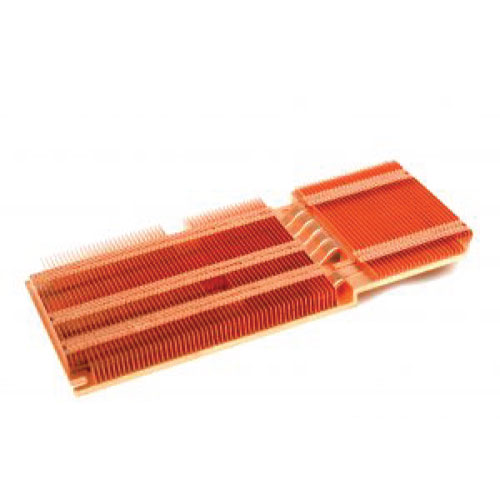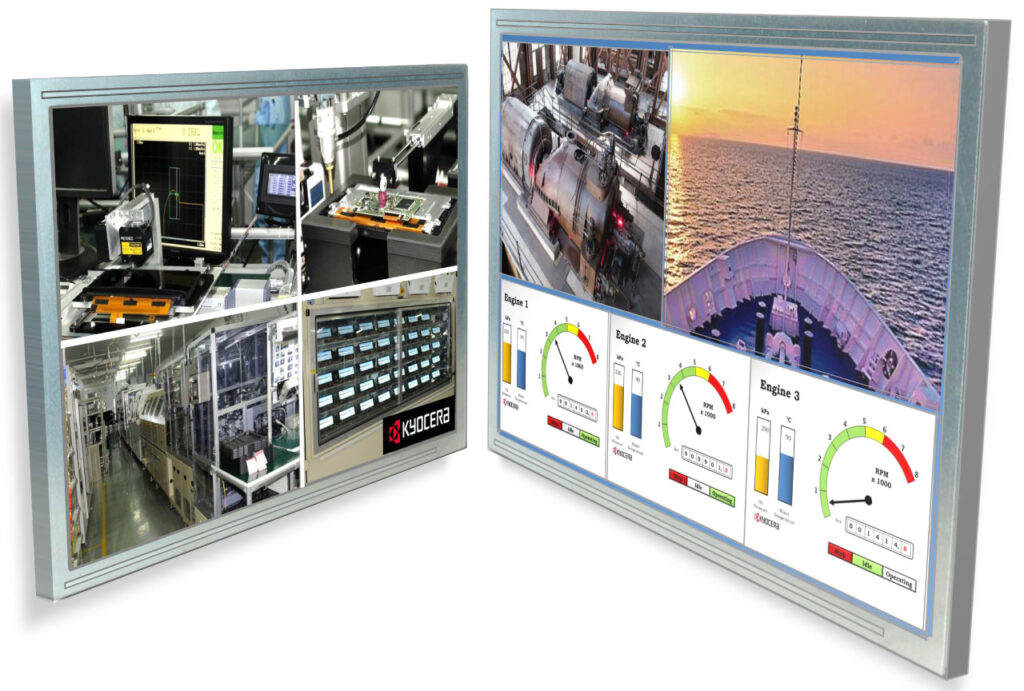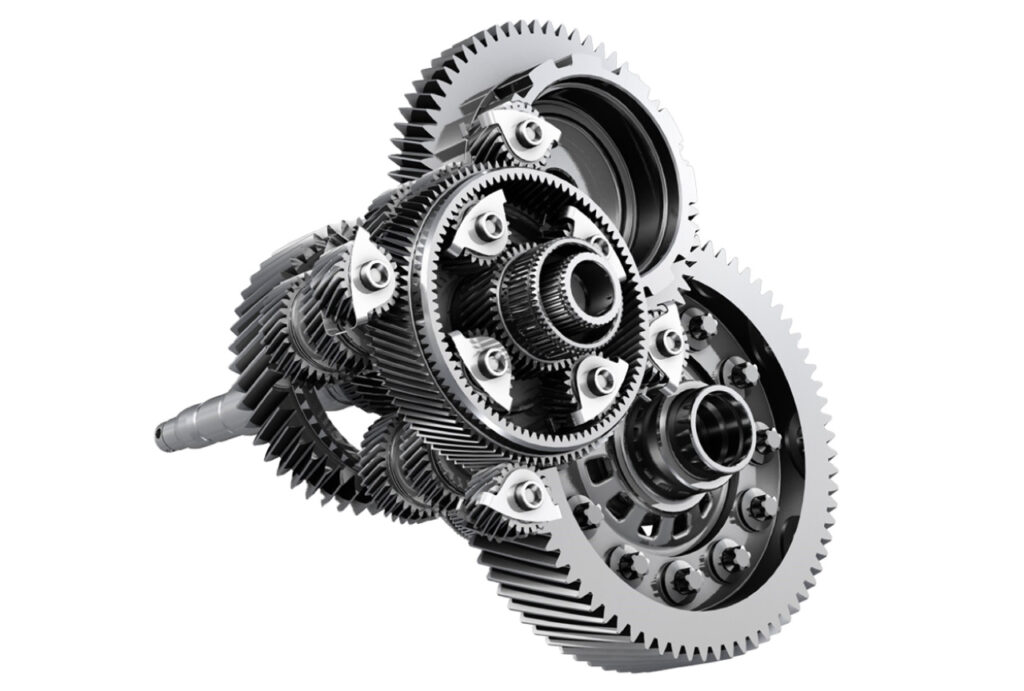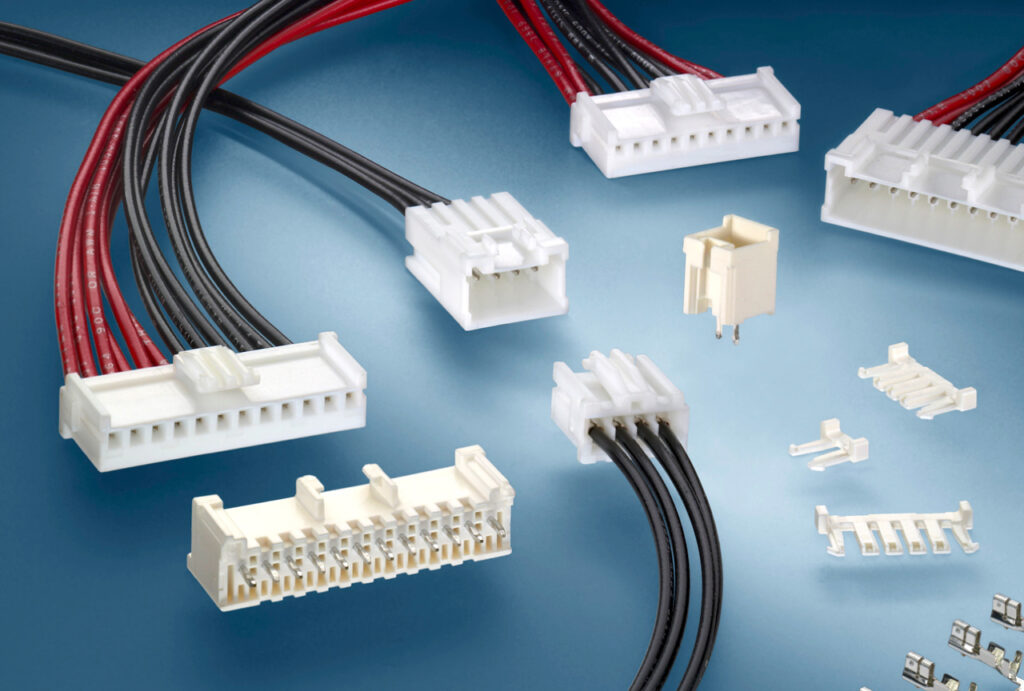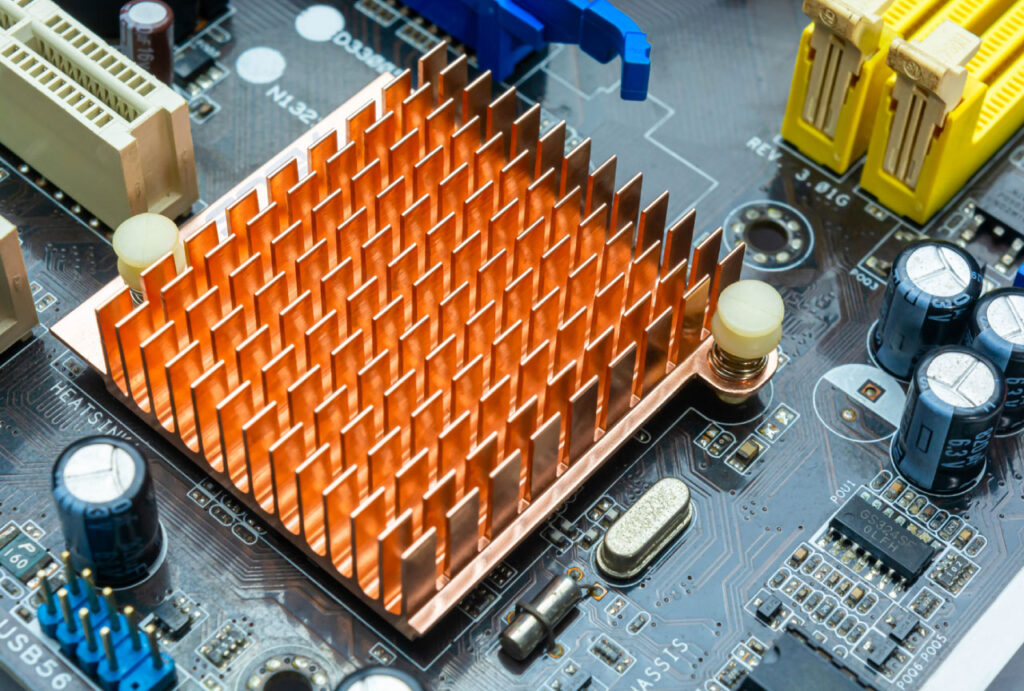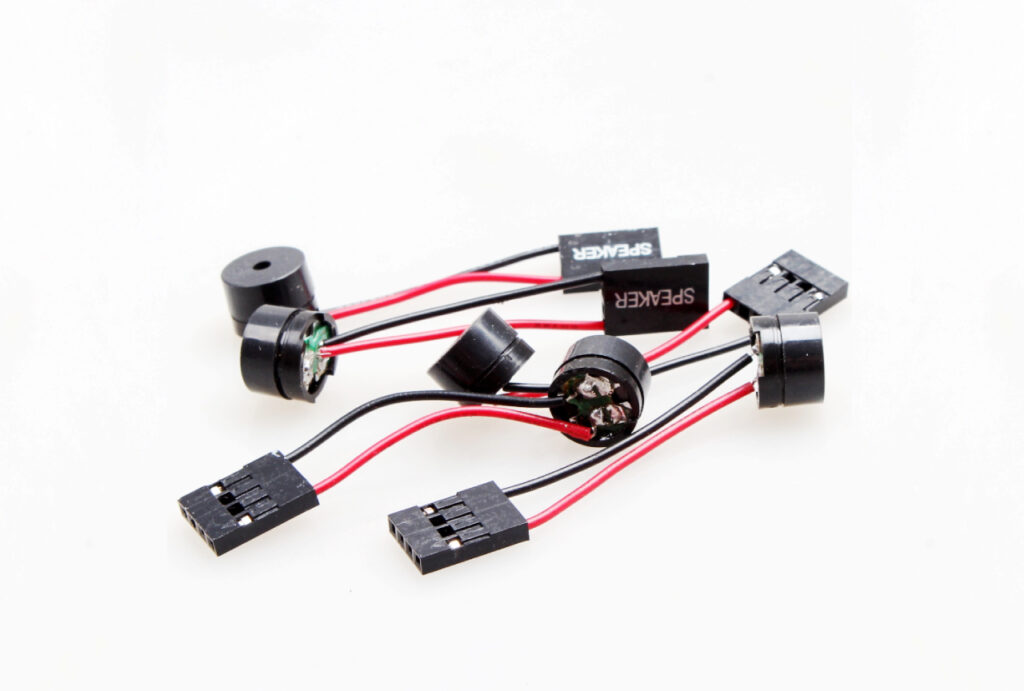Standard Heatsinks
The electronic components industry has witnessed significant growth over the past few decades, driven by the increasing demand for electronic devices, such as smartphones, computers, and smart home appliances. With this growth comes the challenge of managing the heat generated by these devices, which can adversely affect their performance and longevity. In response to this challenge, engineers have developed various cooling solutions, including liquid cooling systems, heat pipes, and heatsinks. Among these, standard heatsinks are one of the most widely used and cost-effective cooling solutions in the industry.
About
How the technology works
Standard heatsinks are designed to increase the surface area of a device and thus enhance its ability to dissipate heat. They are usually made of aluminum, copper, or a combination of both, which have high thermal conductivity, allowing heat to move away from the device and spread over a larger area. The heatsink’s fins or blades are used to increase the surface area, which enhances the heat transfer by allowing more air to flow through it.
The heatsink is mounted onto the device using a thermal interface material such as thermal grease, which ensures maximum thermal contact between the device and the heatsink, minimizing thermal resistance. Once the heatsink is mounted, it acts as a passive cooling system that relies on natural convection or forced air flow to dissipate the heat.
Advantages and limitations
The primary advantage of standard heatsinks is their simplicity and low cost. They are relatively easy to manufacture and install, making them an ideal choice for low- to medium-power electronic systems. Additionally, standard heatsinks are lightweight and compact, making them suitable for applications where space and weight are critical factors.
However, standard heatsinks have some limitations. They are not suitable for high-power applications, as they cannot dissipate large amounts of heat efficiently. Moreover, they are not very effective in applications with limited airflow, such as enclosed spaces or sealed devices, as they rely on air flow to dissipate heat.
Applications
Standard heatsinks are widely used in electronic systems such as power supplies, motor drives, and LED lighting. They are also used in personal computers, laptops, and servers to cool the CPU, GPU, and other components. Standard heatsinks can be used for a wide range of devices, including microprocessors, voltage regulators, and power transistors.
Conclusion
Standard heatsinks are essential components in the electronic components industry, providing a simple, cost-effective, and reliable way to dissipate heat generated by electronic devices. They are widely used in various applications, including power supplies, motor drives, and LED lighting. While standard heatsinks have some limitations, they remain an important part of the passive cooling system and play a vital role in ensuring the longevity and reliability of electronic devices.
